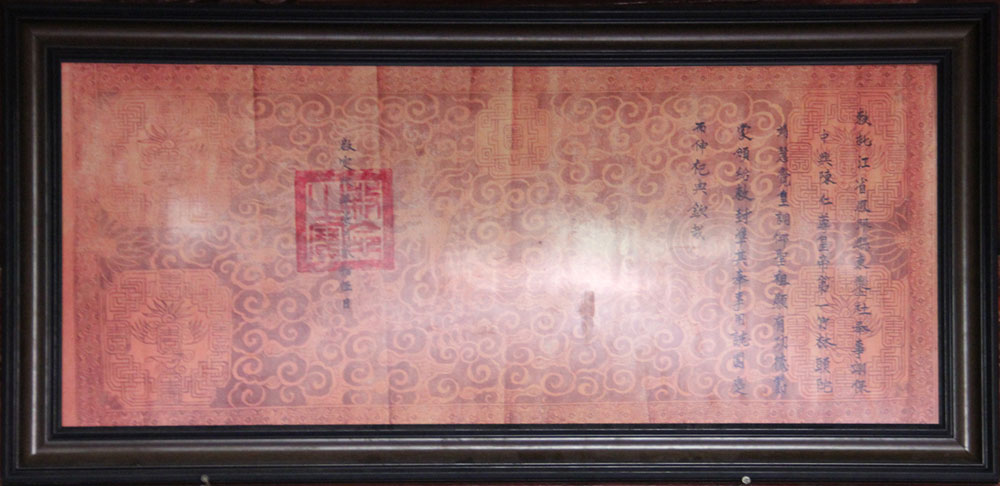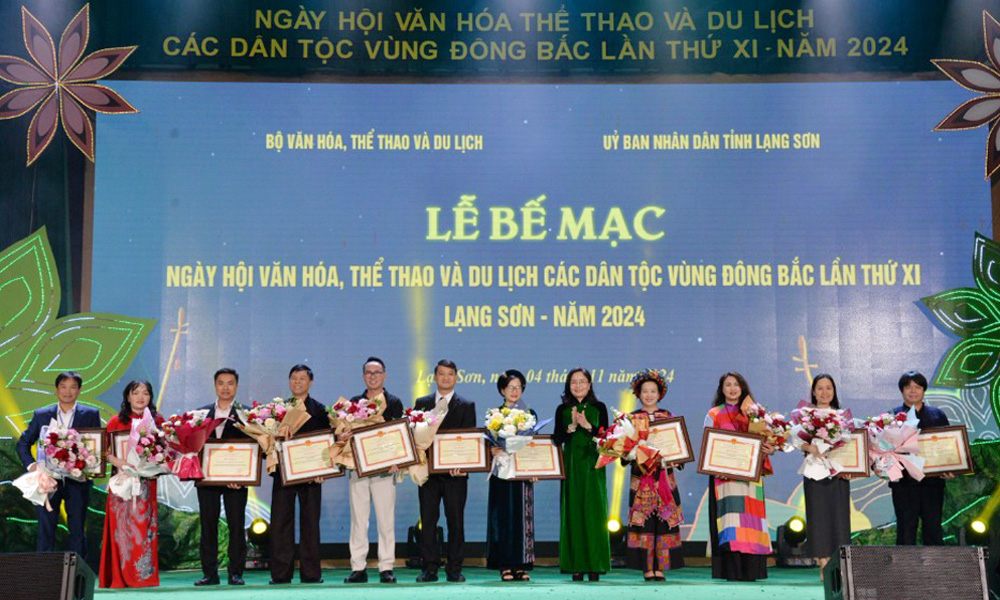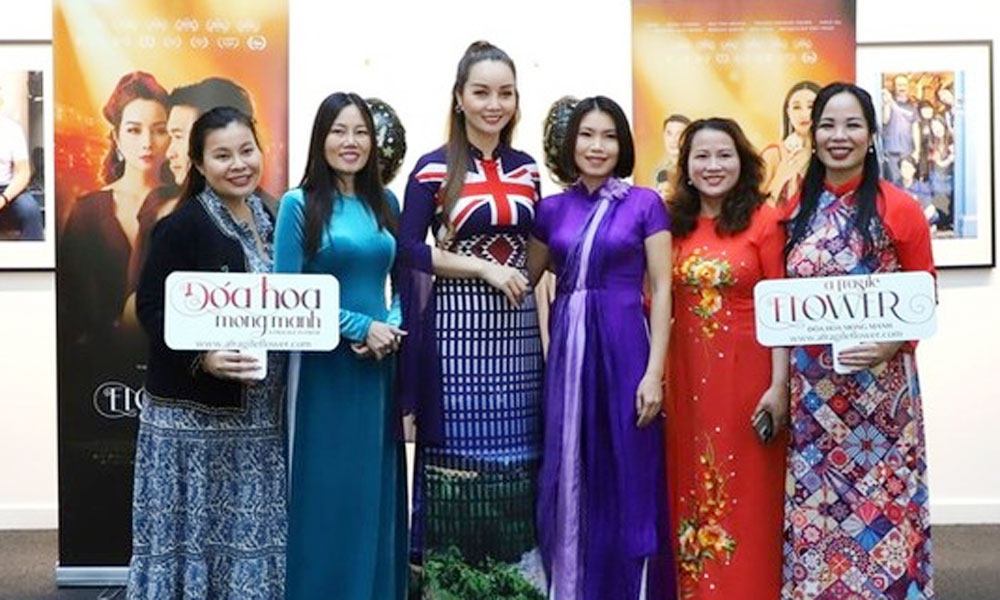Communal house worships three patriarchs of Truc Lam Sect
 |
|
Dong Loan communal house. |
Buddhist Emperor-Monk Tran Nhan Tong, born in 1258, was the third Emperor of the Tran dynasty, the Patriarch of the Truc Lam Sect, and religiously worshipped as Dieu Ngu Giac Hoang (First Patriarch). Ascending the throne in 1278, Emperor Tran Nhan Tong was always present at the command and joined the famous Bach Dang battle during the resistance war against Yuan-Mongol invaders.
In 1293, Emperor Tran Nhan Tong ceded the throne to his son Tran Anh Tong, became Thai Thuong Hoang (the father of the Emperor), then Buddhist Monk in Yen Tu mountain, and founded the Truc Lam Sect and built Vinh Nghiem pagoda in Duc La village, Tri Yen commune, Yen Dung district.
Master Phap Loa was the second successor to the Truc Lam Sect, whose real name was Dong Kien Cuong. He was born in 1284 in Chi Linh district. At 20, while travelling Nam Sach, he met Emperor Tran Nhan Tong at Quynh Lam pagoda and expressed his desire to practise Buddhism.
In 1308, King Tran Nhan Tong named him the Second Patriarch in charge of monks and nuns across the country, set Vinh Nghiem pagoda as the centre of Buddhist monks and nuns. Phap Loa died in 1330 at the age of 47.
Master Huyen Quang was also known as Ly Dao Tai (1254-1334), a native to Van Loi village, Thai Bao commune, Gia Binh
He was suddenly enlightened and filed a resignation petition to become a Buddhist. Until the era 13th Hung Long in 1305, he was ordained at Vinh Nghiem
 |
|
Royal appointment decrees are kept in the communal house. |
Documents and artifacts at Dong Loan communal house such as the three sets of altars and stone steles dating back to the late Le dynasty indicated that the temple was built during Le Trung Hung dynasty in the 17th century and was renovated through many stages. The Dong Loan temple now consists of three compartments and two lean-tos, four arcs connecting the rear sides of the two compartments.
It still keeps several documents and artifacts of scientific research values such as three wooden altars, statues of the three Patriarchs worshipped in the back compartment, a stone stele dating back to Le dynasty, wooden horses, incense burners, replicas of unicorn, royal appointment decrees, and including one for Emperor Tran Nhan Tong which called him as Duc Bao Trung Hung Tran Nhan Tong Hoang De, or Khai Dinh in 1924.
Dong Loan communal house is a cultural and religious centre, a venue
Dong Ngoc Duong
 Bắc giang
Bắc giang










Reader's comments (0)